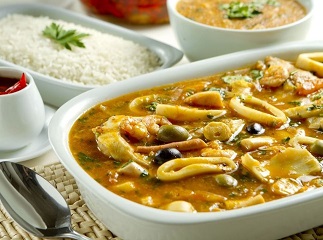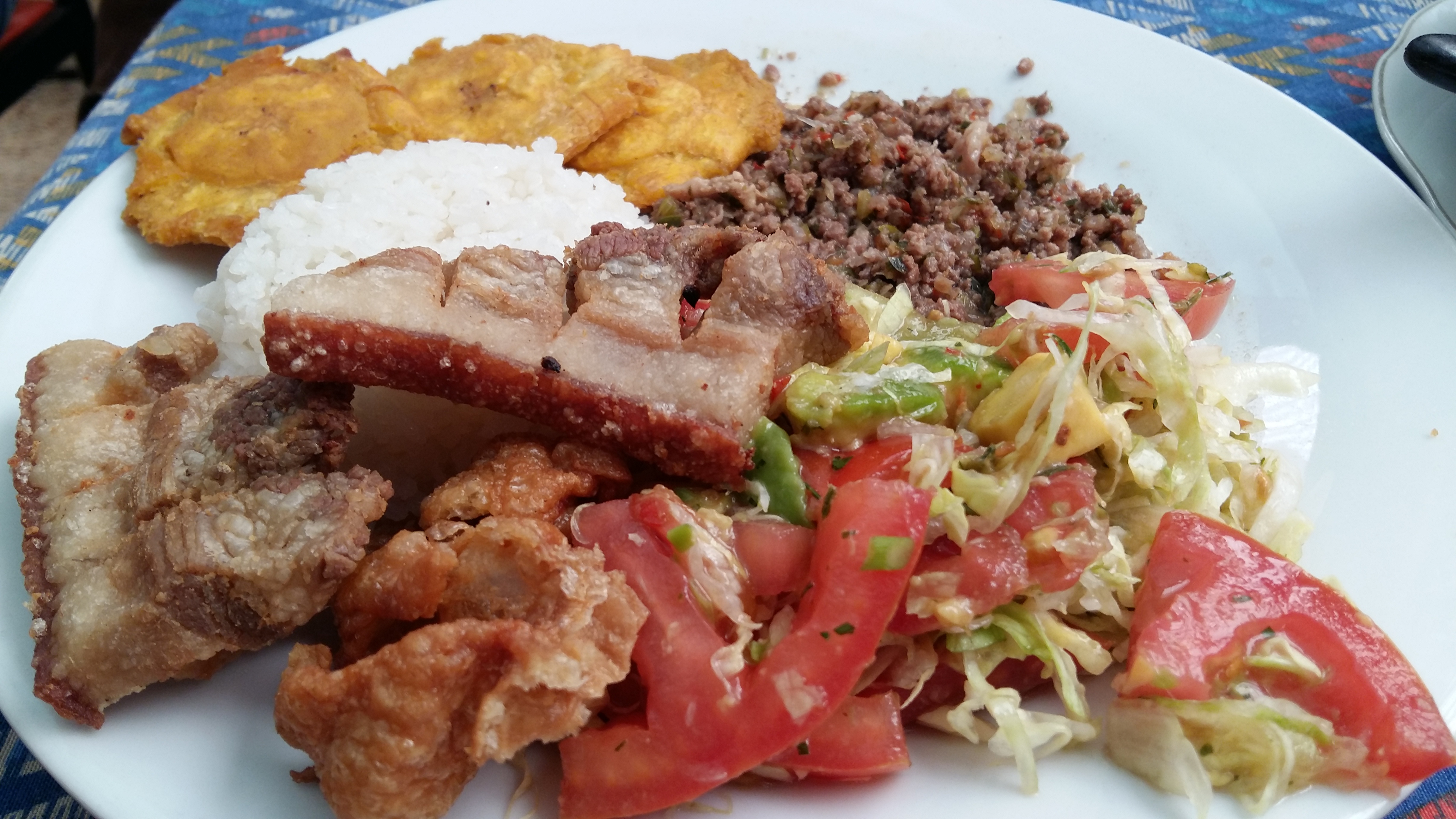Rotten Shrimp
In this episode Mark explores one of the key ingredients used in Asian restaurants but not used much in home cooking. Is Fermented Shrimp one of the key factors in the tastiness of Asian food?
Mark’s mission is simple: flavor. He cuts to this most essential factor of food, to reveal the secrets of the best flavors in the world. For more Flavor Detective subscribe to ExtremeFoodies.
One of the key flavor profiles in Asian cooking is saltiness. In Chinese, Korean, Vietnamese, Burmese and Thai cooking, many ingredients are used to add this flavor beyond simply salt. Shrimp paste is mostly actually fermented and dried which builds a pungent flavor – which is why this ingredient is used as seasoning. More than the pungency though is a depth and complexity of saltiness complemented by the much prized Umami flavor. The intensity of the aroma it adds to dishes is key to bringing the nose into the eating experience and priming the taste buds. Subscribe to ExtremeFoodies to see what Mark Shatzker: Flavor Detective uncovers next week.
To pre-order Mark’s new book, The Dorito Effect, visit: http://www.amazon.co.uk/The-Dorito-Ef...
To find out more about Mark’s first book: Steak!, visit: http://www.markschatzker.com/steak/
Follow Mark on Twitter at: https://twitter.com/markschatzker
Here is an excerpt from a post by Annie Wu on the symbolism and importance of food during Chinese New Year: “Certain dishes are eaten during the Chinese New Year for their symbolic meaning. Lucky food is served during the 16-day festival season, especially New Year’s Eve, which is believed to bring good luck for the coming year. The auspicious symbolism of these foods is based on their pronunciations or appearance. Not only do the dishes themselves matter, but also the preparation, and ways of serving and eating mean a lot.” (Read more at http://www.chinahighlights.com/travel...). 2015 is a year of the Goat (or sheep).
Here’s an interesting fact around this year’s Chinese New Year: in Mandarin there is only one word for goat and sheep – so the two are indistinguishable. So don’t be surprised if you get goat after ordering “lamb” in a China. Luck plays a big role in Chinese cluture. The associated Lucky Colors with the year of the goat : brown, red, purple. The Lucky Numbers are: 2 and 7, so numbers like 72 and 27 are good. The Lucky Flowers are: carnation, primrose
More on Chinese New Year from Wikipedia: “Chinese New Year is an important Chinese festival celebrated at the turn of the Chinese calendar. In China, it is also known as the Spring Festival, the literal translation of the modern Chinese name. Chinese New Year celebrations traditionally run from Chinese New Year's Eve, the last day of the last month of the Chinese calendar, to the Lantern Festival on the 15th day of the first month, making the festival the longest in the Chinese calendar. Because the Chinese calendar is lunisolar, the Chinese New Year is often referred to as the "Lunar New Year".” One the first day of the Chinese New Year, you can wish people luck and a prosperous year with, “Kung Hei Fat Choi!” Or as some say “Gong Hey Fat Choy!” 恭禧發財
Category:



